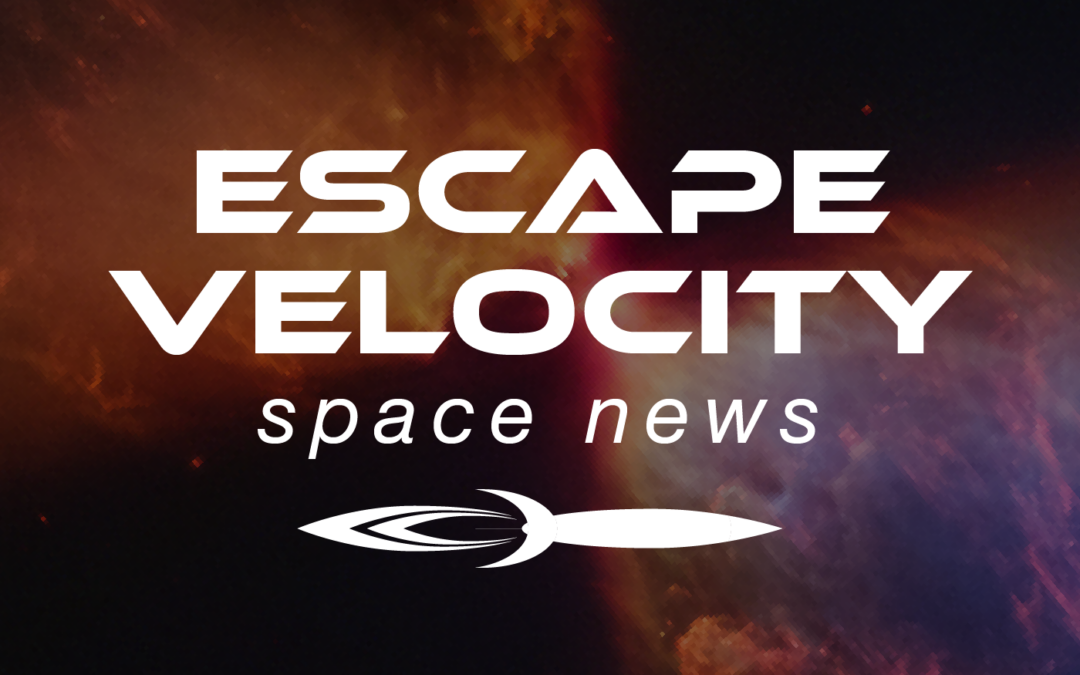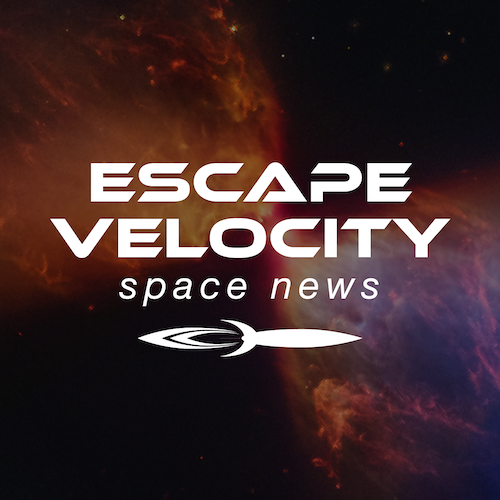If you take a compass and follow its pointy little needle, you will end up in Northern Canada but not at the North Pole. If you have a boat, you’ll end up on Ellesmere Island wondering where Santa is hiding. More at #365DaysOfAstro


If you take a compass and follow its pointy little needle, you will end up in Northern Canada but not at the North Pole. If you have a boat, you’ll end up on Ellesmere Island wondering where Santa is hiding. More at #365DaysOfAstro

Throwback from the spooky season: Halloween is, hands-down, the most beloved season of the year. And we have NASA, ESA, ESO, and others releasing their spooky season images. There will be nebulae cropped with the contrast adjusted just so to reveal witches’ hats, and others rotated to reveal ghosts and maybe – I can hope – a goblin or two.

Today EVSN look at what tree rings can teach us about past earthquakes, & how well machine learning can identify life, like trees, from carbon-rich materials that were never alive to distant galaxies and spinning black holes. We even take a deep dive into anti-matter.

As the Thanksgiving leftovers reach the stage of possibly gaining intelligence in the back of our refrigerators, we’re going to take a look at the origins of life, how we might find simple life on icy moons, and even how we can practice learning to communicate with other civilizations by chatting up a humpback whale.

Today we have a story from the past about how to watch solar eclipse. And also the effects of spawning anchovies on energy dissipation in the ocean. Along with that fishy story, we have news from the Mars rovers, pretty images.

Solar maximum will occur sometime in late 2024 to early 2025. With this cycle and the satellite will experience a good blast of solar radiation. Including the small sats, CanSats.

Time to dive into planetary formation and all the ways scientists have tried to explain stellar systems. Enjoy!

JWST observed methane and carbon dioxide in the atmosphere of a planet. And we want to know that life is common. But we have not evidence yet. More at #365DaysOfAstro

Dr. Pamela is big on volcanoes, and she hoped we’d have an awesome new eruption to report, but we don’t. Instead, we have the first images from a new spacecraft, updates on Lucy’s discovery of a contact binary, and more on the OSIRIS-REx sample return.

This week EVSN look at the upcoming solar maximum, how solar activity affects Neptune, the robotic invasion fleet on Mars, and how some of the weirdest star systems in reality have been able to form. In our closer look, we fail to see dark matter.